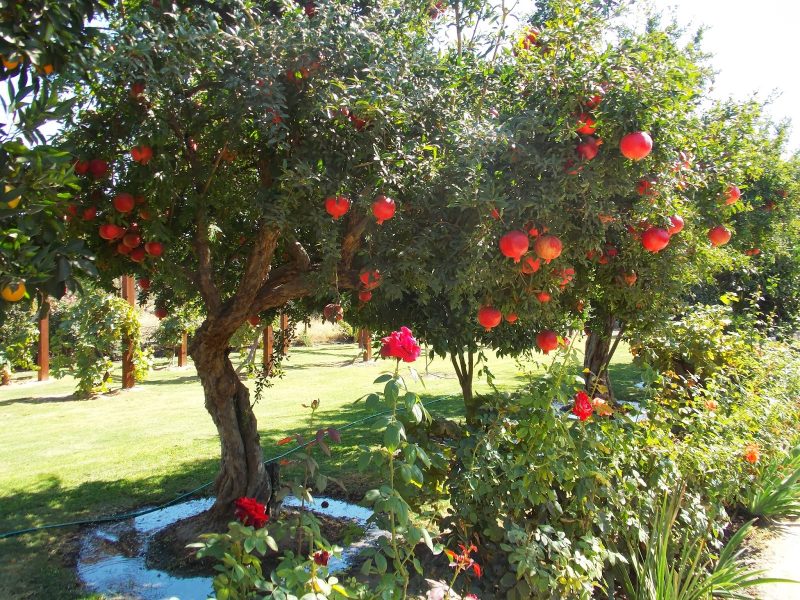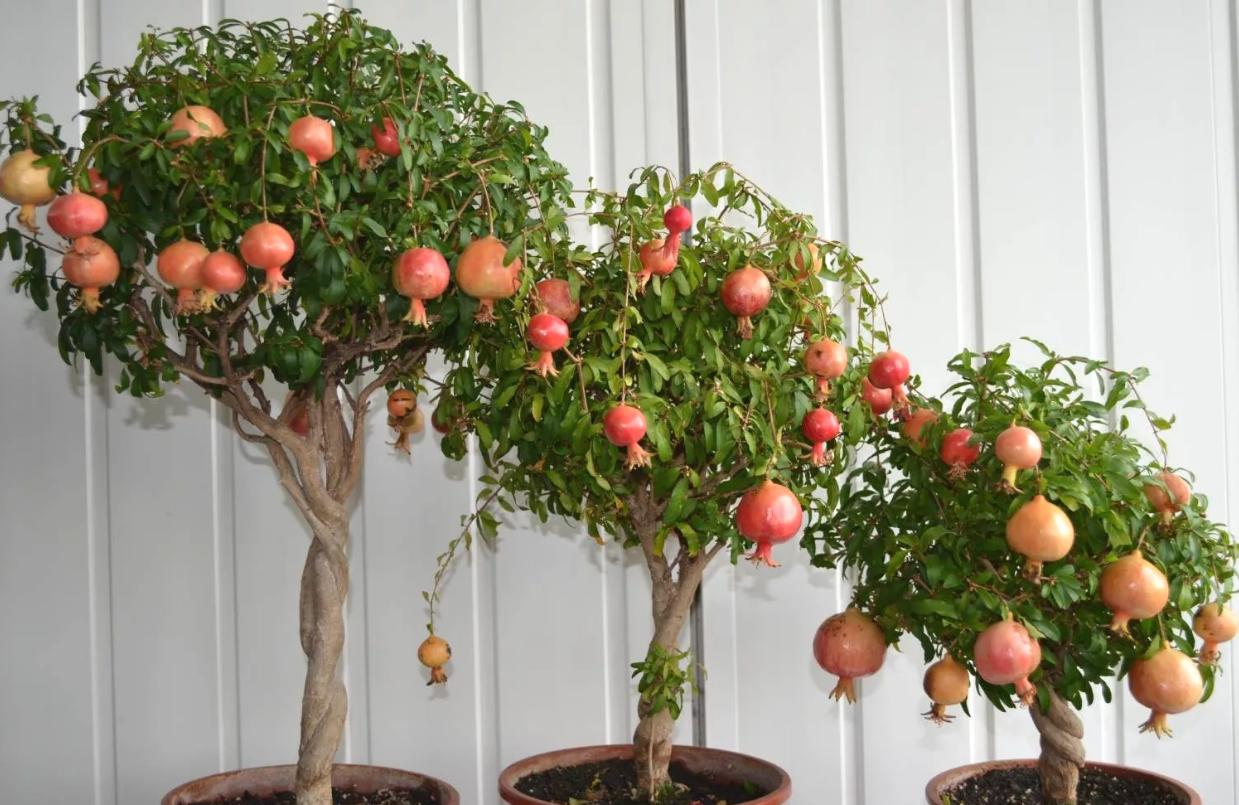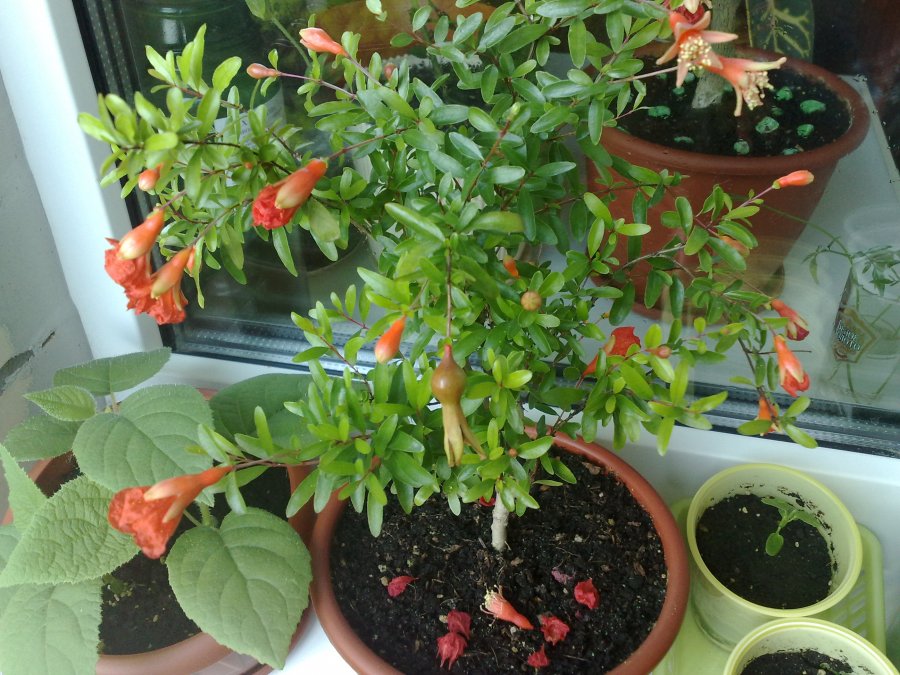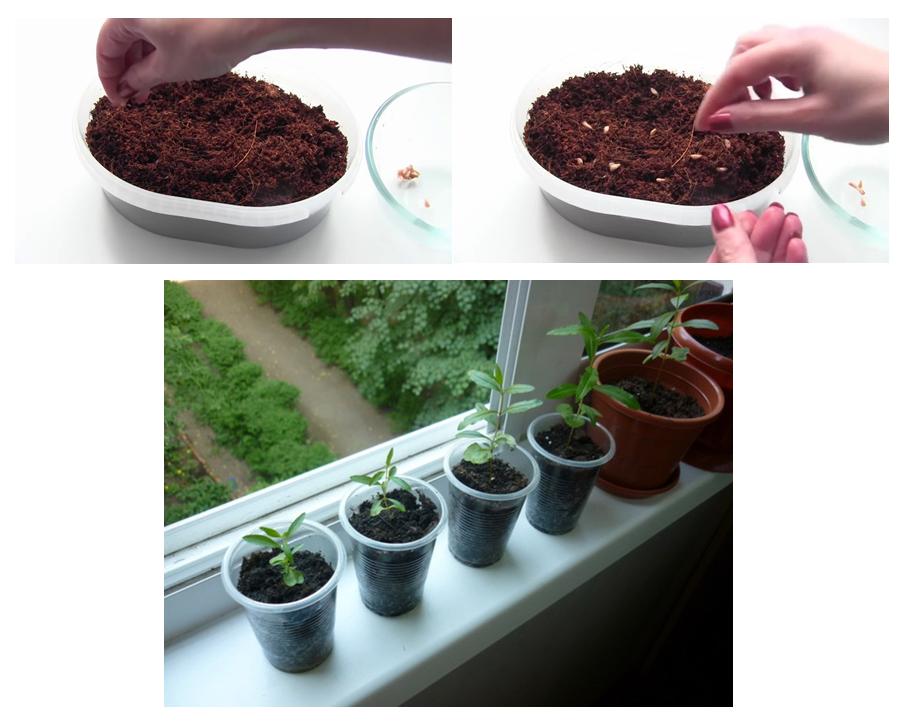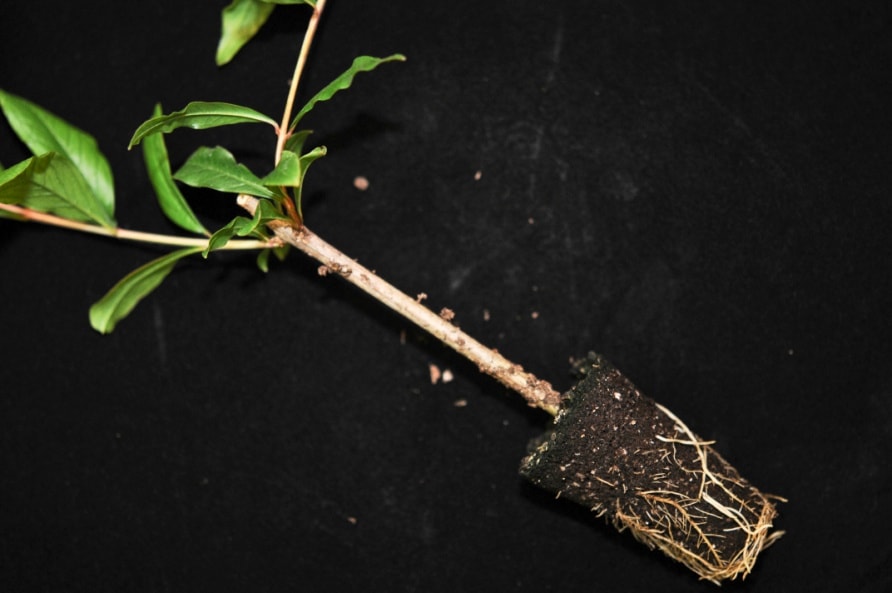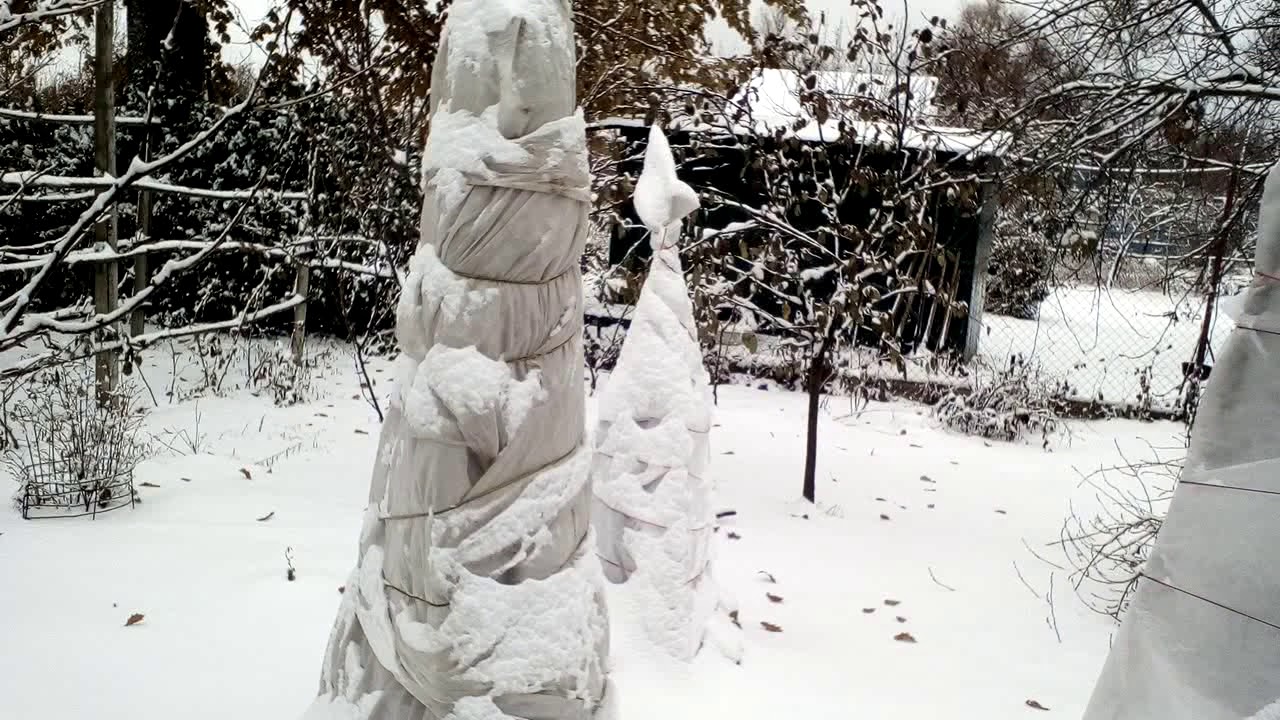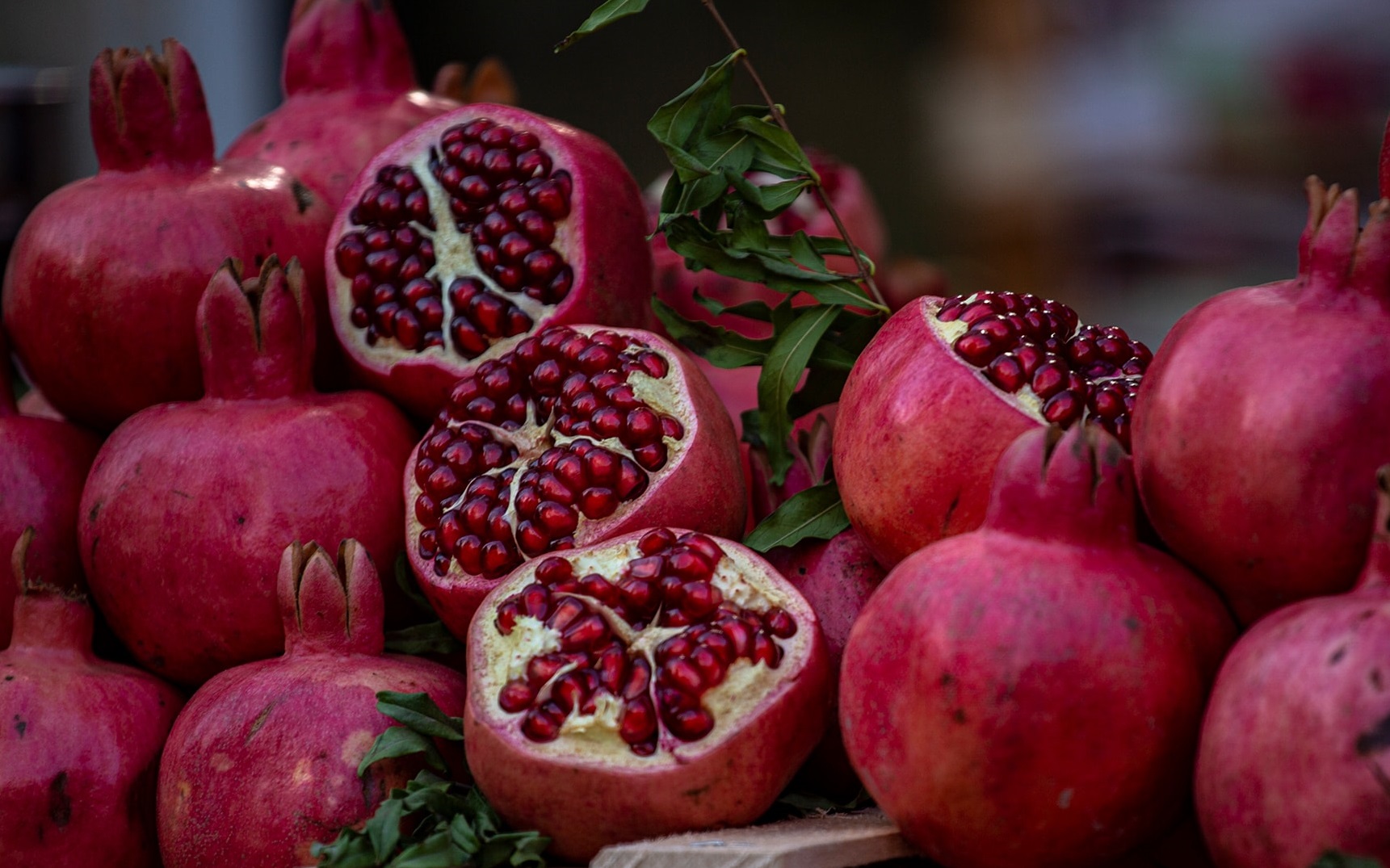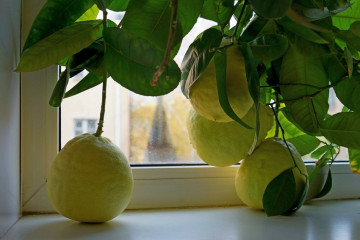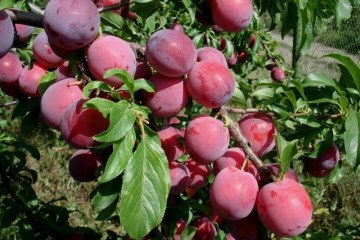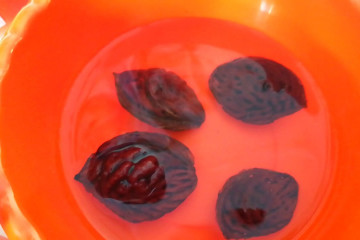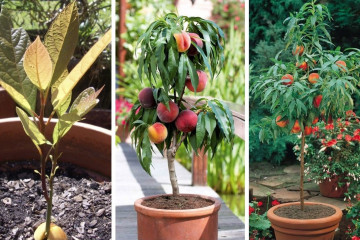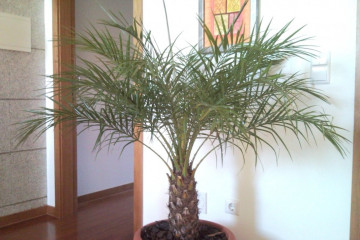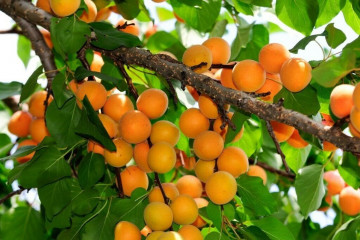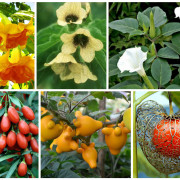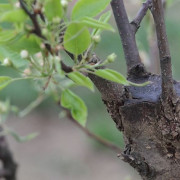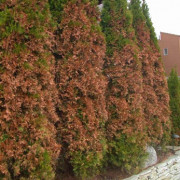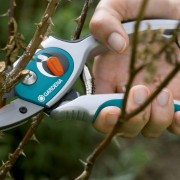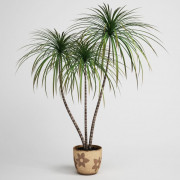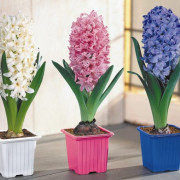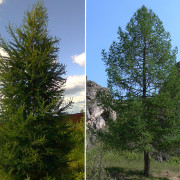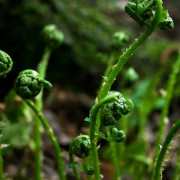How pomegranate grows: growing a tree from a stone at home
Content:
- What does a pomegranate tree look like?
- Varieties of pomegranate
- How it grows in nature and at home
- What pomegranate can be grown at home
- When is it better to plant pomegranate
- How to grow pomegranate from seed
- Seed selection
- Seedling care
- Preparing for planting on the site
- Planting seedlings in a permanent place
- How to properly care for a pomegranate tree
- Harvesting and storage
How to grow pomegranate from seed at home is a question that lovers of this red fruit often ask. It may seem that the southern plant will not take root in any way on the Russian territory, but this is a delusion. The shrub can be grown not only in the garden, but also in the apartment on the windowsill.
What does a pomegranate tree look like?
Pomegranate is a deciduous plant. Most often, it grows in the form of a shrub, and can reach a height of 5 meters. The leaves of the pomegranate are elongated, glossy, and reach 7 cm in length.
The pomegranate tree blooms long enough and abundantly. The plant begins to bloom and bear fruit between May and August. The flowers of the pomegranate are large enough, in diameter they can reach 3 cm. Most of all, the pomegranate flower resembles a bell in shape.
During the flowering period, the pomegranate tree looks very beautiful. It is strewn with red-orange flower buds. In some gardens, the pomegranate tree is grown simply for beauty.
Varieties of pomegranate
There are not so many varieties of this plant. Mainly:
- Wild Socotran, native to Socotra Island. It is not used in any way in terms of culture.
- Standard grown in Western Asia, Mediterranean. He has many subspecies, there are both cultural and wild specimens.
- Dwarf or miniature are quite popular options for pomegranate, common all over the world due to their small size.
How it grows in nature and at home
Where does pomegranate grow? If we talk about the wild, then the fruit bushes are mainly located in the lower part of the mountain belt. They can also grow on rocky slopes and areas with sandy or pebble deposits on the soil. Often the plant can be found along the banks of mountain rivers.
If desired, the tree can also be grown at home, in indoor conditions. In this case, the size of the bush will be much smaller. It is necessary to purchase a special variety of pomegranate that could grow and bear fruit at home.
What pomegranate can be grown at home
Before growing pomegranates at home, you need to choose the right variety. Dwarf plant varieties are best suited for this. A significant plus lies in the fact that flowering begins within a year after planting.
As a rule, the first flowering does not bear fruit, they begin to set only in the second year. Nevertheless, you can keep such a bush at home, including for the sake of incredibly beautiful flowers.
When is it better to plant pomegranate
How to plant a pomegranate? First of all, you need to decide on the time of planting the seeds. Despite the fact that this is a southern fruit, you can grow young seedlings at any time of the year.
Transplanting into open ground should take place during a period when the temperature has reached at least 12 degrees Celsius. According to the average statistics for Russia, this happens towards the end of May.
How to grow pomegranate from seed
You can grow the plant from the seeds of the fruits purchased in the store or at the market. The tree is very unpretentious, but there are some nuances. Much depends on the purpose for which the pomegranate is planted:
- If the bush serves as a simple indoor decoration, any high-quality seed will do. It is only necessary to check that there was no damage on the fetus itself. The peel should be neat, without cracks or punctures.
- If a person wants to plant a bush in order to obtain a pomegranate harvest, then the seeds should be taken only in specialized stores. It is also worthwhile to initially figure out exactly where the fruit will grow. For home conditions and pots, dwarf varieties are used, the maximum height of which is up to 1 meter.
- If, in the future, the tree will be moved to open ground, then the variety should be chosen as suitable as possible. There are hybrids that do not survive in the hottest parts of the country.
Seed selection
The seeds can also be taken in the purchased fruit. However, even if there is a harvest (which does not always happen), its taste will be much worse, since hybrids are sold in markets and stores.
Only ripe seeds are used for planting. They are quite hard and have a creamy shade. Green or soft ones are not used for planting. Before planting, the grain must be completely cleaned of pulp, then rinsed and dried well. They shouldn't be wet.
Seedling care
Considering how quickly the pomegranate grows, the first shoots can be expected within 10-15 days after planting. In some cases, this is even faster. The first shoots must be covered with a foil with holes made. It is periodically opened for watering and airing.
As soon as the first good leaves appear, the film can be removed completely. It is very important to ensure that the soil does not remain dry, however, excess moisture also negatively affects the plant.
At home in winter, it is imperative to put a special lamp over the pomegranate. Thus, it is necessary to increase the length of daylight hours to 12 hours.
Preparing for planting on the site
Having figured out how to grow pomegranate at home, it is worth considering how it should be transplanted into open ground. Preparation must be carried out well in advance, no later than a month before the intended disembarkation.
The land on the site where the bush will grow must be well dug up and cleaned of weeds. Next, you need to add humus. It fits in the amount of 5 kg per 1 meter. Further, the site is covered with a special impenetrable material and left. This creates the environment necessary for the plant.
Planting seedlings in a permanent place
The time should be chosen at the end of April or in May, when the temperature will be around 12-13 degrees Celsius.
Step-by-step description of landing in a permanent place:
- Dig a hole in the ground 80 centimeters deep and 60 centimeters in diameter.
- Install a few pegs for further bush tying.
- Lay a ten-centimeter layer of gravel or broken brick on the bottom of the hole.
- Pour earth and fertile soil on top.
- Next, place humus mixed with sand there. The entire mixture should reach the edge of the hole.
- Place the seedling on top of the resulting embankment, straighten the roots.
- Cover with earth from above.
- Tie the plant to the stakes, compacting the ground a little. The seedling should be on a small oval elevation.
- Drizzle.
How to properly care for a pomegranate tree
If you take care of the plant incorrectly, the pomegranate bush will simply die. This is especially important in the first year after the transplant.
Pruning and shaping the crown
You can form a relatively small bush, leaving only 3-4 skeletal branches. Subsequently, after the plant has increased in size, it is necessary to leave another 5-6 branches of the second layer.
Old, dry and diseased branches must be removed. The same applies to root shoots.
Preparing for winter
For the winter, the plant must be covered. The minimum temperature that a pomegranate can tolerate is minus 10 degrees. Then he just dies. Cold preparation begins immediately after harvest.
What needs to be done:
- Tilt the lower branches to the ground and secure them with pegs.
- Treat the young twigs with Bordeaux liquid.
- Pour a layer of fertile soil near the trunk.
- Spread the spruce branches, trying to cover the shrub as much as possible.
- Wrap the plant with burlap.
Watering and feeding schedule
The quality of feeding and water does not greatly affect the condition of the pomegranate. Watering should be done at least once a week, and during dry periods - 2-3 times.
Pests and diseases
In most cases, pomegranate is highly disease resistant. However, it is also susceptible to attacks by some pests and ailments. On it you can find:
- mealy worms;
- spider mite;
- aphids;
- moth;
- whitefly.
Diseases to which the fruit is prone:
- branch cancer;
- root cancer;
- gray rot;
- leaf spot.
To avoid unpleasant consequences, you must carefully monitor the condition of the branches and leaves. Diseased or damaged branches must be removed. It is also very important to pick up fallen fruit from the ground. Otherwise, when decaying, they can turn into an ideal environment for pests.
Harvesting and storage
The plant begins to bear fruit in the fall, and the crop can be harvested by October. Depending on the growth, ripe fruits have a deep red or yellowish color. It is necessary to remove the fruits in time, otherwise they begin to crack, fall from the branches and rot.
If desired, the fruits can be stored. This is best done in a room with a temperature of 2-3 degrees Celsius. Then the pomegranate will lie long enough and not deteriorate. But you should not leave them in the cold. From this, they rot quickly enough.
Knowing how the pomegranate grows, the features of its planting and the main points of care, you can get a wonderful decoration for your home and even a fruit harvest. The plant is capable of bearing fruit even in a city apartment. The most important thing is to follow the described rules for planting and caring for the plant, do not forget to water and fertilize on time. This is the only way to achieve a positive result and try the juicy fruits grown on your own.
